50+ Sample Lesson Plans
-
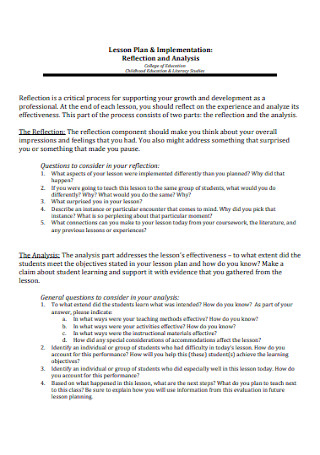
College Lesson Plan
download now -
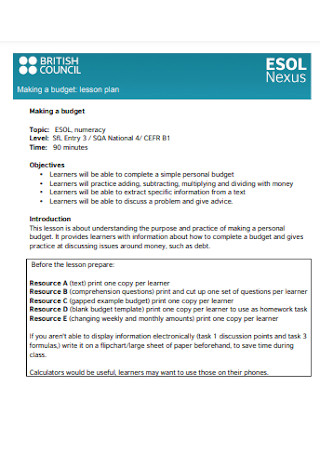
Budget Lesson Plan
download now -

Witness Lesson Plan
download now -
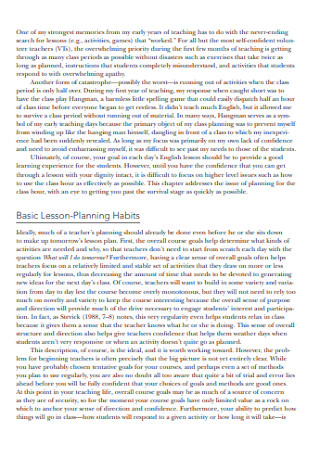
Classroom Lesson Plan
download now -
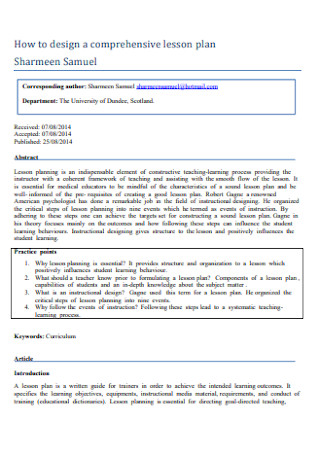
Comprehensive Lesson Plan
download now -
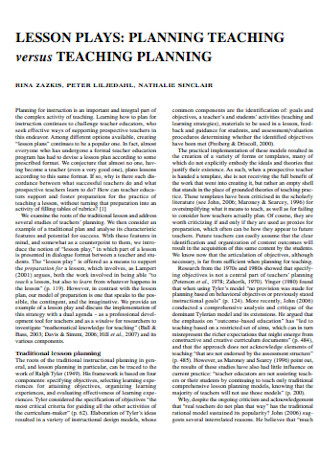
Teaching Lesson Plan
download now -
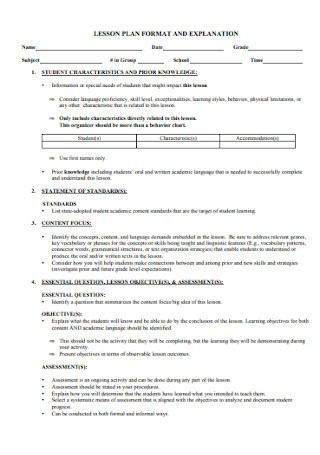
Lesson Plan Format
download now -
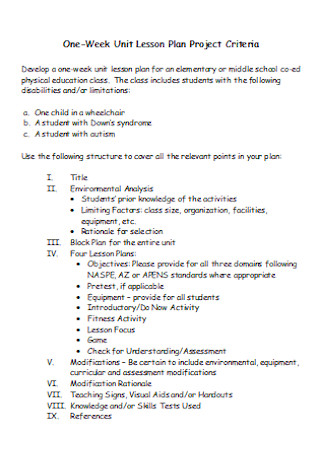
One Week Lesson Plan
download now -
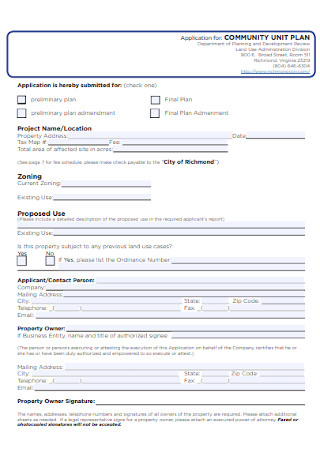
Sample Community Lesson Plan
download now -
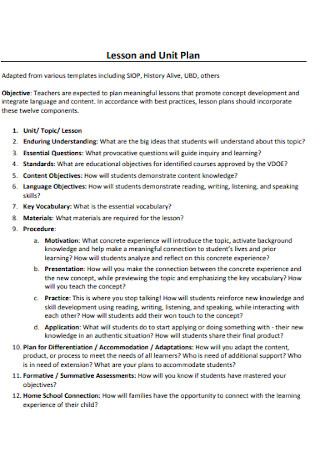
School Lesson Plan
download now -
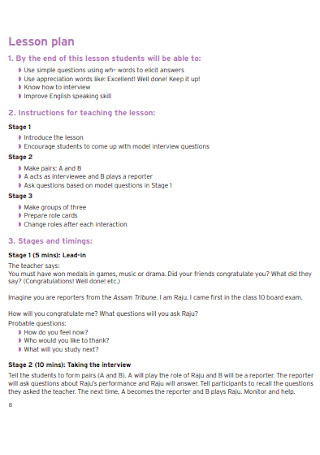
Language Lesson Plan
download now -
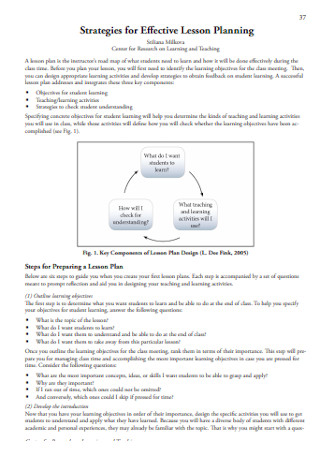
Strategies for Effective Lesson Plan
download now -
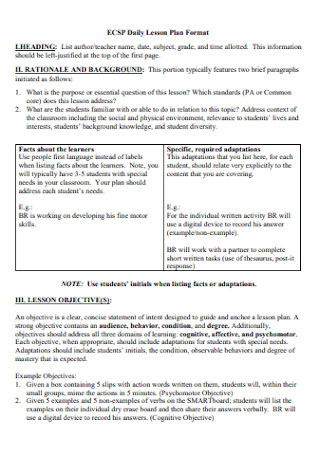
Daily Lesson Plan Format
download now -
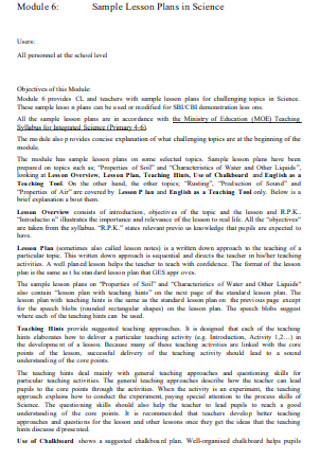
Sample Lesson Plans in Science
download now -
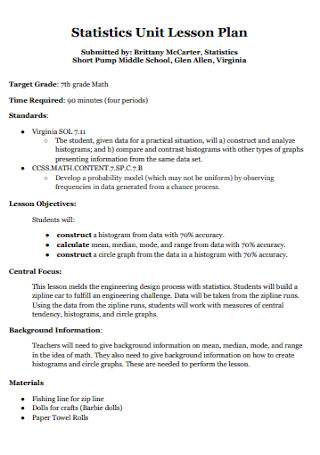
Statistics Unit Lesson Plan
download now -
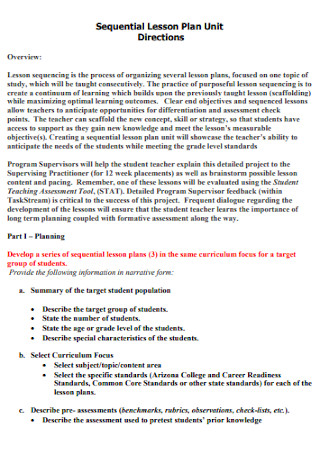
Sequential Lesson Plan
download now -

Good Lesson Plan Example
download now -
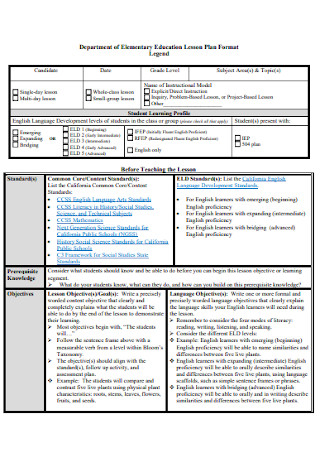
Elementary Education Lesson Plan
download now -
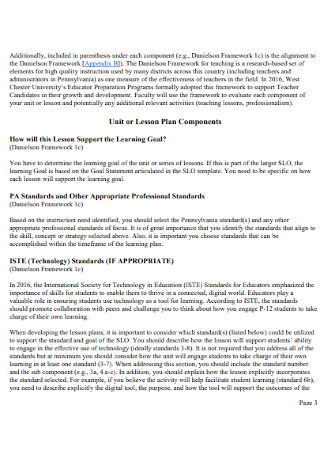
Unit Lesson Plan
download now -
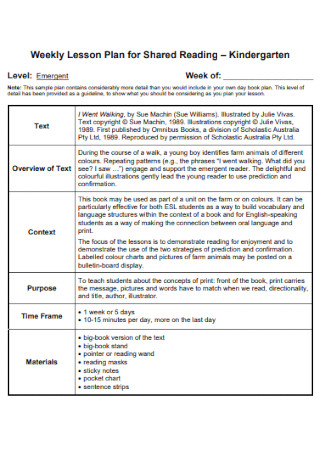
Weekly Lesson Plan Example
download now -
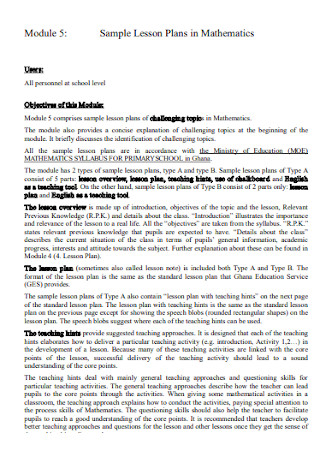
Sample Lesson Plans in Mathematics
download now -
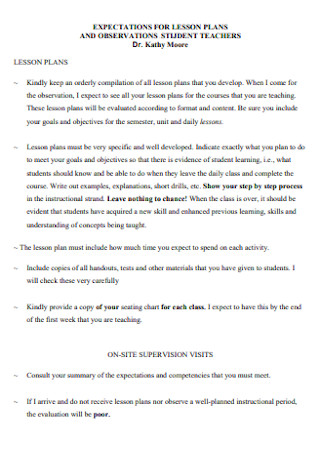
Expectation for Lesson Plan
download now -
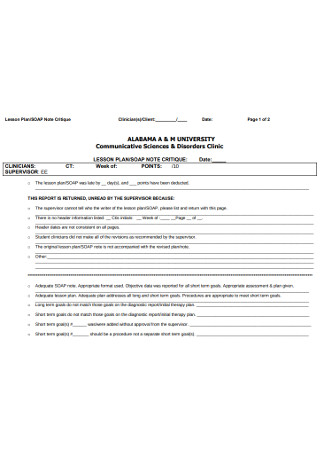
SOAP Lesson Plan
download now -
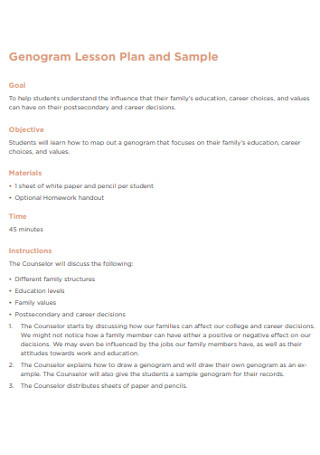
Sample Genogram Lesson Plan
download now -
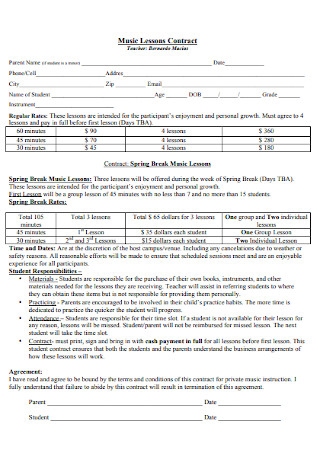
Teacher Music Lesson Plan
download now -
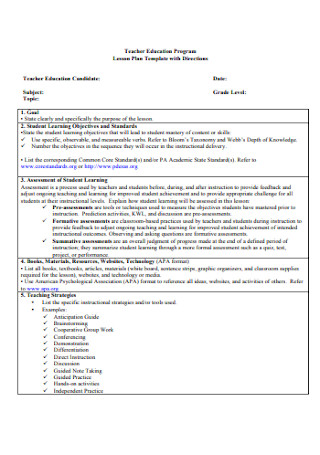
Teacher Education Lesson Plan
download now -
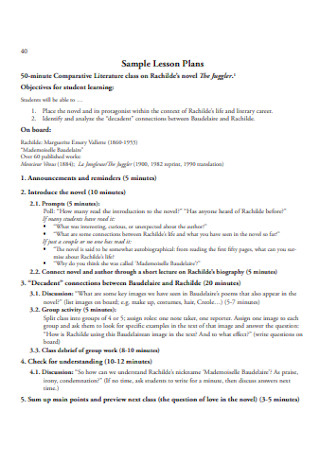
Sample Lesson Plans Template
download now -
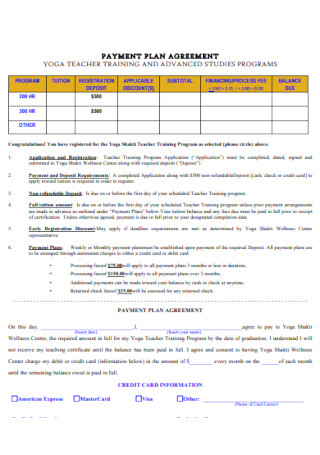
Yoga Teacher Lesson Plan
download now -
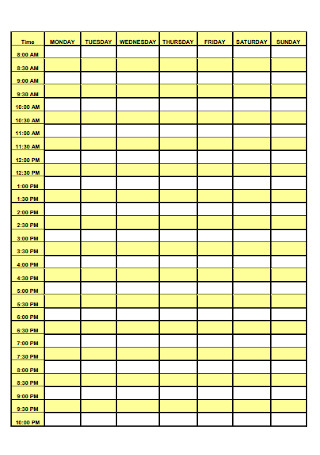
Daily Lesson Planning Schedule
download now -
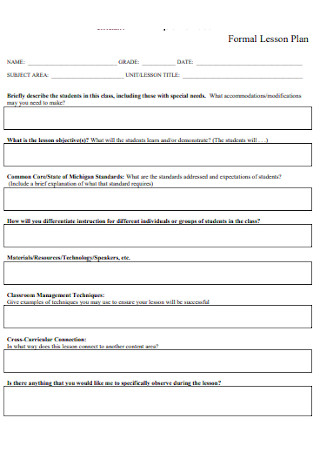
Formal Lesson Plan
download now -
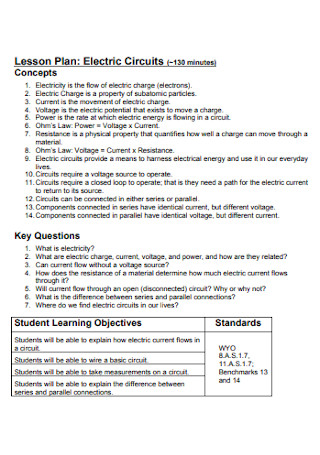
Electric Circuits Lesson Plan
download now -
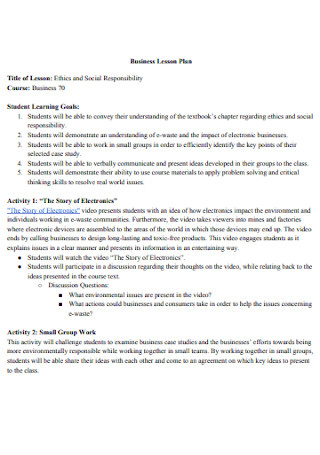
Business Lesson Plan
download now -
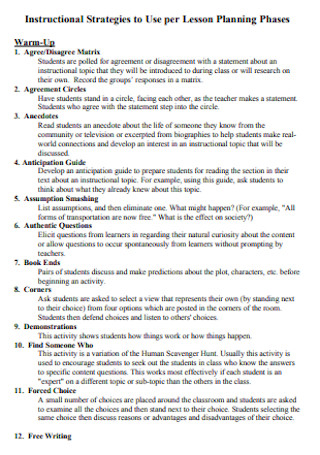
Lesson Strategies Plan
download now -
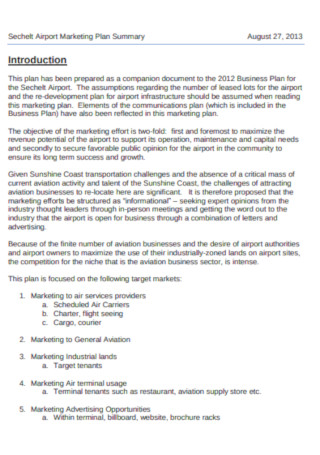
Daily Marketing Lesson Plan
download now -
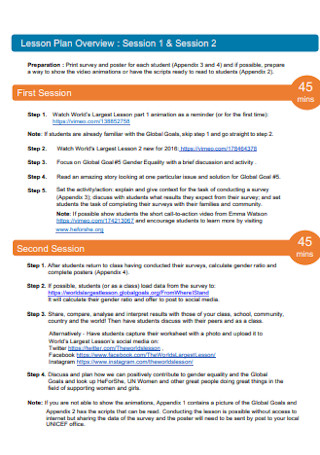
Basic Lesson Plan
download now -
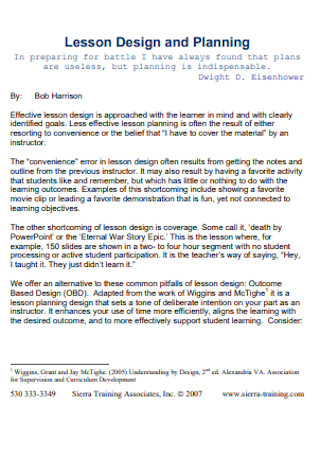
Lesson Design and Planning
download now -
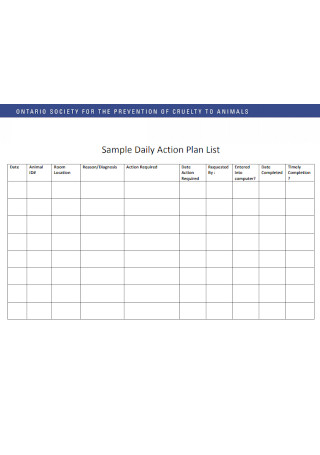
Daily Action Plan List
download now -
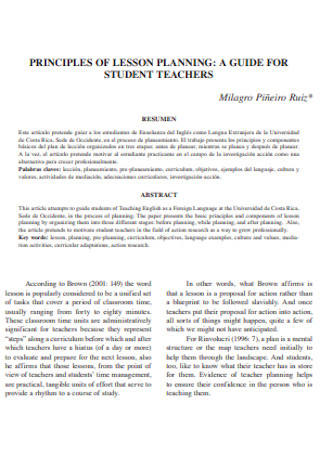
Teachers Lesson Plan
download now -
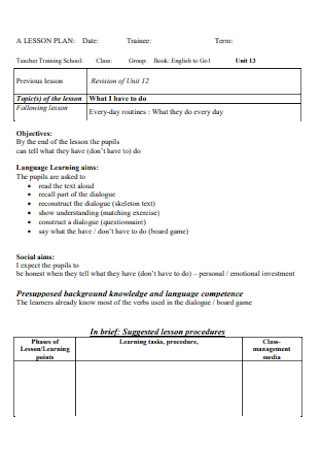
School Teacher Lesson Plan
download now -
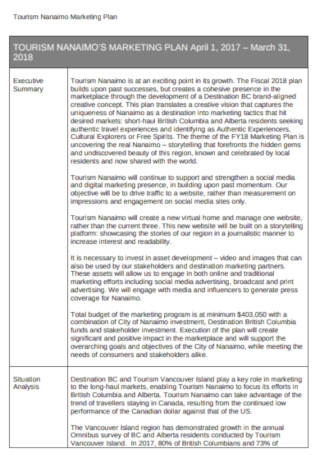
Daily Marketing Lesson Plan
download now -
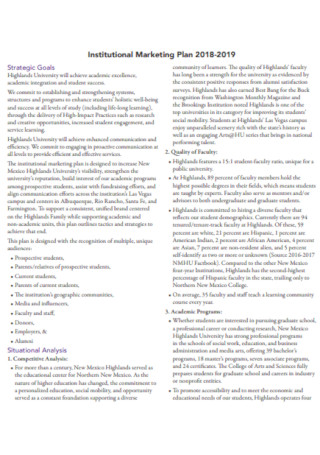
Institutional Daily Lesson plan
download now -
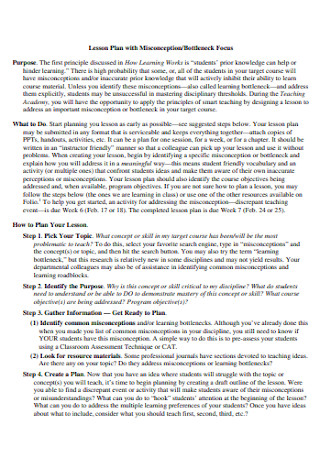
Lesson Plan with Misconception
download now -
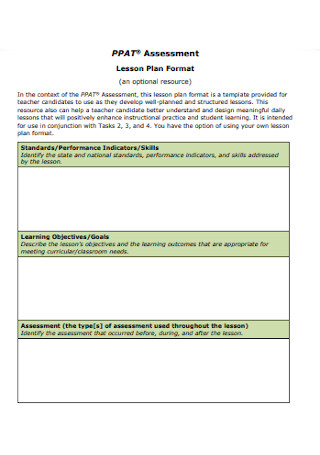
Lesson Assessment Plan Format
download now -
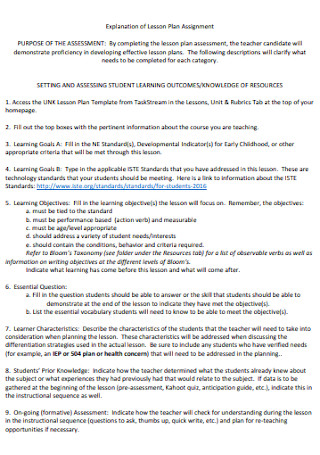
Explanation of Lesson Assignment Plan
download now -
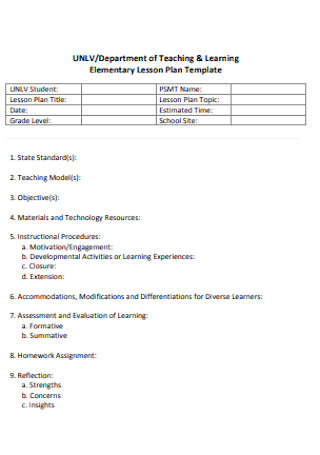
Elementary.Lesson.Plan.Template
download now -
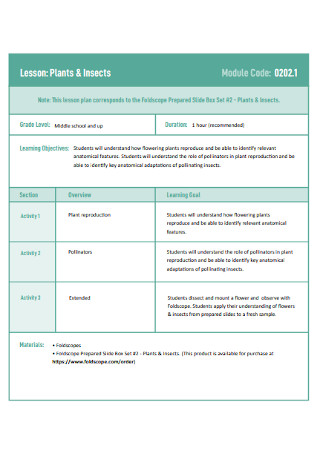
Middle School Lesson Plan
download now -
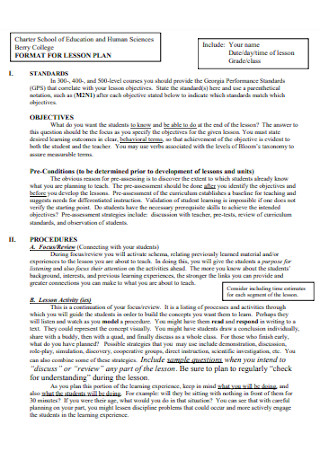
Format for Lesson Plan
download now -
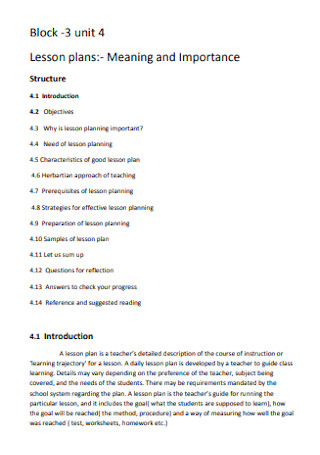
Simple Lesson Plan Template
download now -
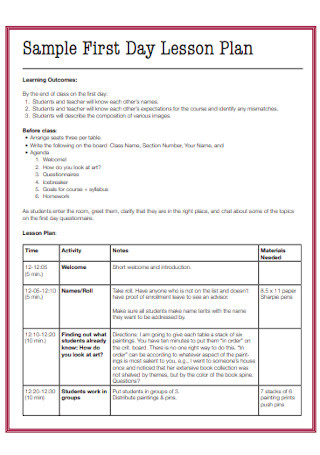
Sample First Day Lesson Plan
download now -
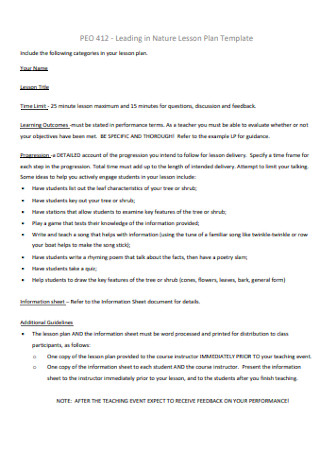
Leading in Nature Lesson Plan Template
download now -
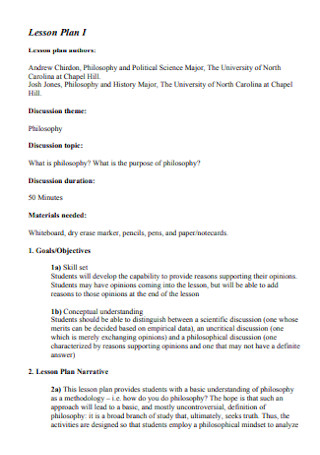
Children Lesson Plan
download now -
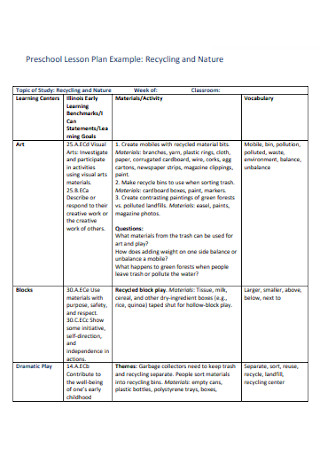
Preschool Lesson Plan Example
download now
Lesson Plans: What Are They?
A lesson plan is essential in facilitating what lessons students need to learn. A common lesson plan contains the goal, the steps or methods in achieving these goals, and a way on how to measure the goal through assignments, homework, and tests. In other words, a lesson plan provides a teacher’s objectives for what students should accomplish and how they will acquire learning.
The Six Key Parts of an Effective Lesson Plan
The most effective lessons have six main parts. These parts play an important role in the learning experience of your students. Because of that, it is important to approach them with a clear plan in mind. Getting familiar with these parts is useful if you are tasked to write a lesson plan in the future. Whether you are an experienced teacher or just starting, be mindful of the following. Below is a list of the key parts of a lesson plan.
How Do You Make a Lesson Plan?
Writing lesson plans is taught in school and it can take a little while before a lesson plan is completed. But what makes a good lesson plan? Completeness and goal setting makes a good, not only a lesson plan but also other types of plans. If you want to pass the hassle, use a lesson plan template. Start by browsing through our website and discover a collection of sample templates. Choose a template that is suitable for your task. And click the download button. When you have chosen your template, get started with your lesson plan. Here is how:
1. Take Time to Prepare for Your Plan
Every successful undertaking, whether in business or in school, starts with a plan. It helps you set out your goals and establish steps in making these goals into reality. Making a plan is like seeing what is ahead of you and what you can do to get to where you want to go. A good lesson plan is complete. Although subject to improvement, you can kick off with a strong one by gathering everything you need before writing it.
A to-do list can be your saving grace in making sure you have all the requirements for making a lesson plan. It ensures you do not miss even the smallest details and waste time repeating a single task over again. Doing your research can also be helpful in learning more about lesson plan writing. Your first stop for more information about this plan is the internet. Take note of the most necessary tips so that you can apply them to your lesson plan.
2. Select an Editing Tool
Before working on an editing tool, make sure it is compatible with your template file format. Check on the website where you downloaded the template. If it is featured there, it means you can edit the template using the editing tool you have chosen. Otherwise, modifying your template would be strenuous and could deficit the convenience your template could have contributed. One of the benefits of having a template is it promotes consistency in your document in which what a lesson plan needs. Also, using a template can save you time and you are no longer required to start from the bottom as it comes in with suggested content that you can easily edit.
3. Modify Your Template
You can either modify or leave your template’s suggested content as it is. However, every lesson plan contains a different format depending on what institution you are working with. If the school you work in required you to follow a standard format, you should do it. On the other hand, if you can make your own format, then go with your template’s structure. Our template is easy to modify. After downloading, go to the editing tool and import the template. Start customizing by clicking the text box. For example, to change the title, click the title box at the topmost part of the lesson plan. Moreover, replace the texts on the body of the document based on how you plan to teach your students.
4. Make It Visually Appealing
Some institutions might require teachers to make their lesson plan visually appealing. In that case, add designs to your template. Use visual elements like tables, bar charts, and graphs to neatly organize the details in the lesson plan. You can even add some decorations if you want to be crafty. On the contrary, do not go overboard because your lesson plan might ger overdesigned. The most important thing when it comes to lesson plans is the flow of teaching. Make sure you ponder on this one because your students’ learning highly relies on your style of teaching. There are other teachers who would incorporate fun into learning. They would add games to help with their students’ engagement. This is also a very effective way to break the ice in the classroom.
5. Do the Final Edit
The final edit is crucial for a lesson plan. It is your chance to go through its content and make necessary changes. Additionally, doing this helps you avoid mistakes such as grammatical errors, misspelling, and incorrect information. If you have the time, you can also let a colleague read the lesson plan and consult them for advice. For days, weeks, and months of using the lesson plan, observe development in your students’ performance by conducting regular exams to test how far they have learned. The results will tell you if your lesson plan and way of teaching are effective. But, when your students are not performing well in terms of evaluation, update your lesson. Take note of which part is not effective and improve on this. You can also brainstorm with your colleagues for more input and narrow it down to the most suitable method(s).
FAQs
What are the common types of plans?
- Business Plan
- Safety Plan
- Marketing Plan
- Construction Plan
- Management Plan
- Treatment Plan
When to use a lesson plan?
Even if you are not a teacher, you can use a lesson plan if you want to teach a group of people certain lessons. This way, you can set your goals, the steps in achieving these goals, and ways to assess whether your students learn something from you. For a teacher, a lesson plan is an essential tool. For them, it is a guide to teaching their students the best way they can. Also, there is always room for improvement when it comes to establishing a lesson plan. You will know if your plan is effective by having evaluation exams to assess your students’ performance. A good result means your lesson plan is effective. However, it should be updated and timely based on the needs and expectations of the persons you are teaching.
Why is a lesson plan important?
To achieve high-quality learning, a lesson plan must be written. This helps educators think about the course content in advance to fit into the available time frame. Without a lesson plan, there is nothing to guide teachers in educating students. Because every school has a curriculum to follow, a lesson plan must align with the standard set by that curriculum. Else, your way of teaching will mislead the students. The last thing you would want is to receive low evaluation grades because your students did not perform well in class.
Benjamin Franklin once said, “An investment in knowledge pays the best interest.” Education is the best gift to the younger generation because it guides them in all the things they do in the future. Being a teacher is a noble job and there no other way to do it best than to share lessons, concepts, and skills with students. To be effective at this, they should invest in making a lesson plan to deliver their daily lessons. For an effective lesson plan, use one of our templates now. Visit our website to unveil an array of different plan templates fitting for all your needs. Also, sign up for any of our subscription plans today to enjoy exclusive perks.
